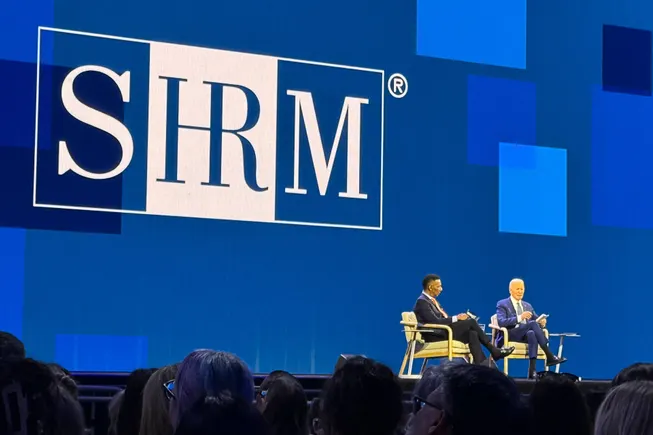With benefits growing more complex each year, many employees continue to find open enrollment stressful and confusing. According to research by retirement and insurance solution Corebridge Financial, 20% of more than 1,000 workers surveyed say the open enrollment process is hard to understand, and more than half would struggle to cover an unexpected $1,000 medical expense.
The findings highlight the importance of clear, empathetic communication from HR teams during enrollment season. But many HR professionals struggle to find extra resources during an already busy and expensive time for their departments and organizations.

Amanda Martell, director of human resources at LifeSpeak, a wellbeing solutions provider for organizations, says HR professionals can use several no-cost strategies to simplify benefits information. These approaches can increase employee engagement and help build confidence in their benefits choices.
Martell emphasizes that effective benefits communication doesn’t have to strain the budget. Repeated emails, short team meetings, internal announcements and simple visual guides can go a long way toward improving clarity. “By keeping messages consistent and concise, HR helps employees absorb information more easily and take timely action,” says Martell.
Martell says the key to simplifying complex benefits information is focusing on what employees care about most. “HR teams should frame information around what employees gain,” she explains. She suggests this commonly means emphasizing predictable costs, access to preventive care and reduced surprises.
Technical details such as premiums, deductibles and copays should be presented clearly but separately, with any updates or new offerings highlighted. Breaking details into smaller, digestible pieces helps employees absorb the information without feeling overwhelmed.
2. Equip managers as benefits ambassadors
Managers often serve as the first point of contact for employees with benefits questions. Martell recommends that HR teams provide them with concise tools such as talking points and short scripts for team huddles.
“When managers have consistent messaging to share, they can reinforce deadlines, answer questions confidently and encourage timely enrollment,” Martell says. “That consistency helps reduce confusion across the organization.”
3. Create a single source of truth
A centralized hub for benefits information can prevent misinformation and reduce duplicate messaging. Martell suggests creating a view-only document or shared resource that includes enrollment deadlines, plan details, FAQs and links to additional materials.
Linking the same document in every email and communication ensures employees always know where to find the most current information, according to Martell. She reminds HR teams that a formalized benefits handbook or communication hub can also serve as a year-round reference for employees who have questions outside the open enrollment period.
4. Communicate often, but keep it brief
To maintain engagement without overwhelming employees, Martell recommends a phased communication approach. An early announcement should kick off open enrollment, followed by short reminders as deadlines approach and a final notification before the period closes.
“Each message should focus on what’s most relevant at that stage,” Martell says. “That keeps employees informed without creating information fatigue.”
She also suggests offering refresher courses ahead of open enrollment and mid-year trainings to keep benefits information top of mind. “Education shouldn’t be limited to enrollment season,” she adds. “Ongoing communication helps employees feel more confident about their coverage throughout the year.”
5. Measure communication success
Tracking engagement metrics can help HR gauge whether communication efforts are working. Enrollment completion rates, the number of support requests and employee engagement with materials all provide valuable insight.
“High completion rates and fewer clarification requests show that communication is effective,” Martell says. “That means employees are making confident choices, and HR can spend less time troubleshooting and more time supporting their teams.”






















